46 - 46
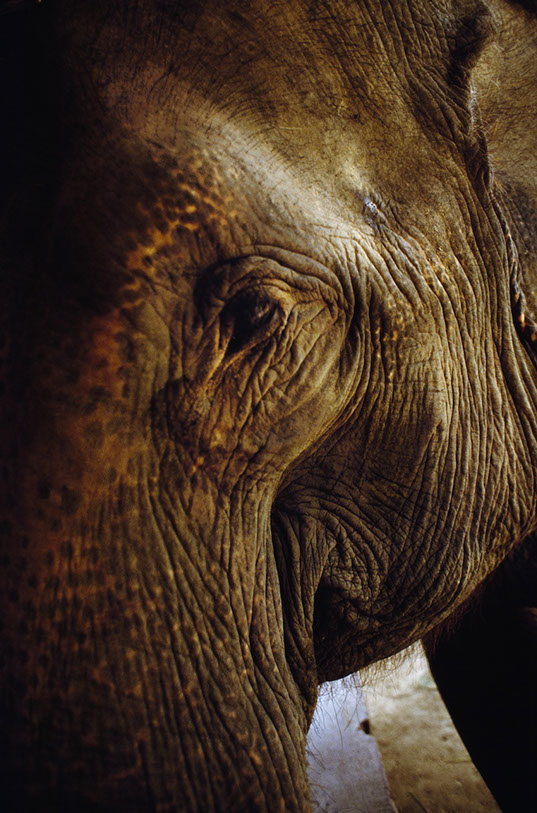
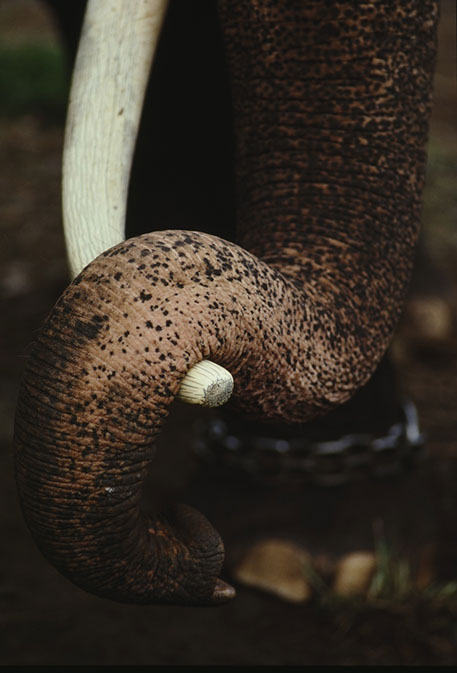
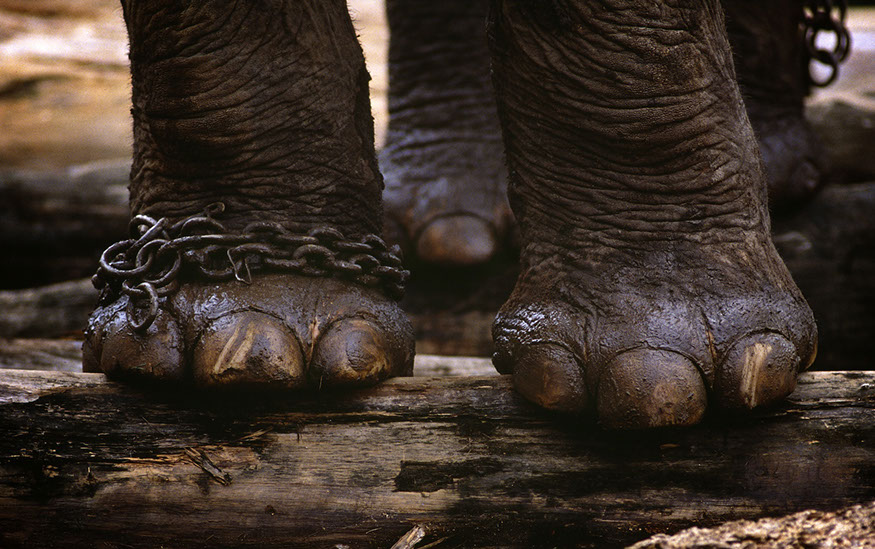
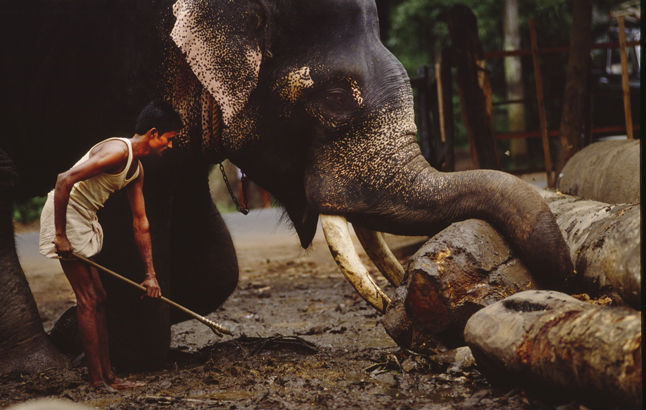
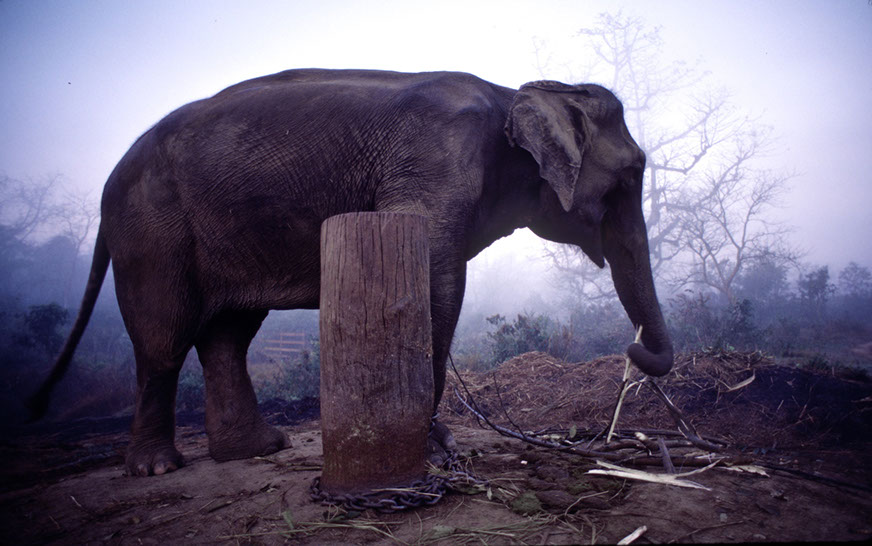
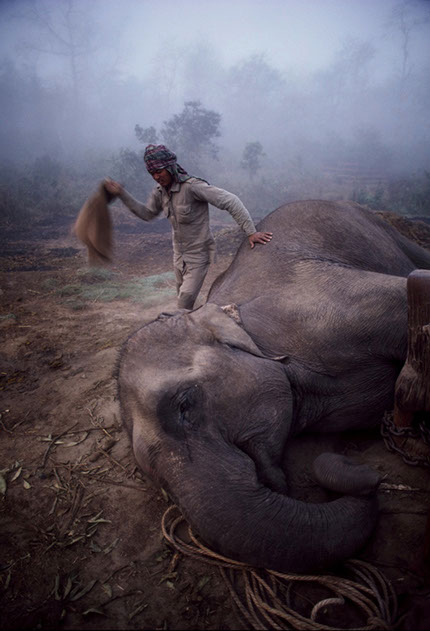
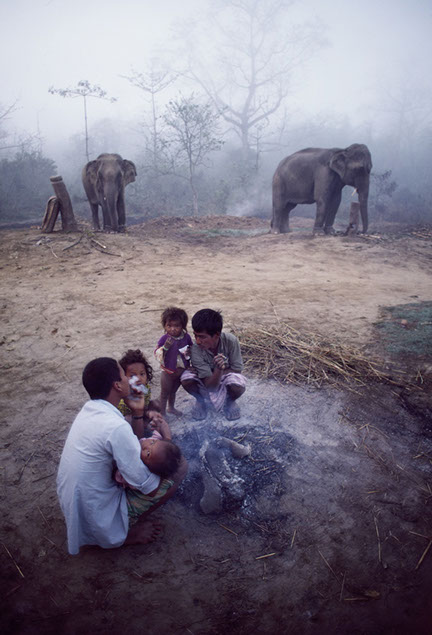
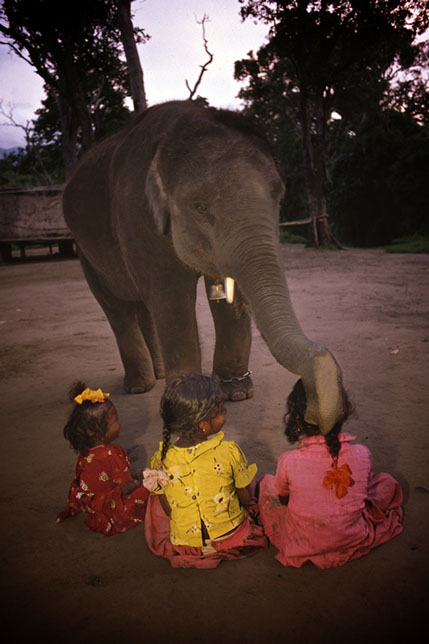
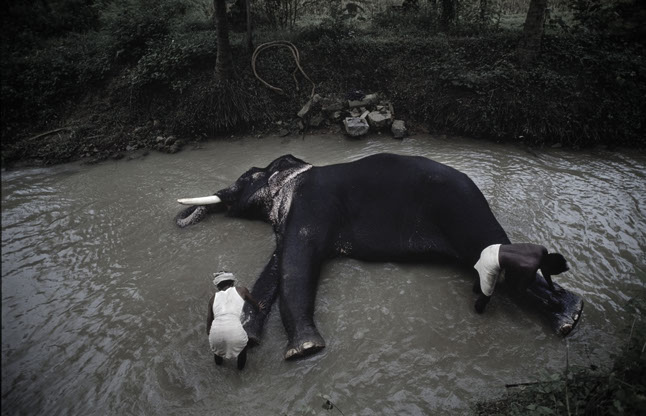
.jpg)
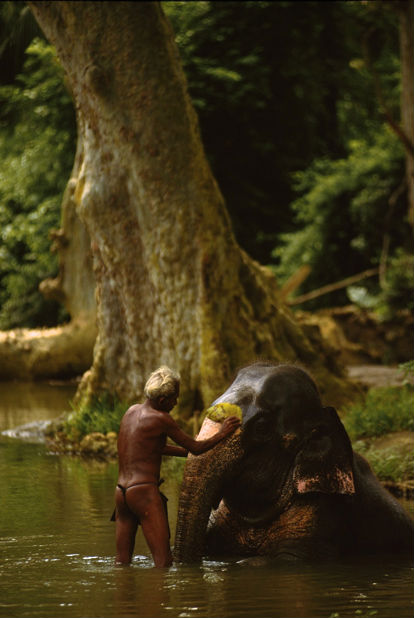
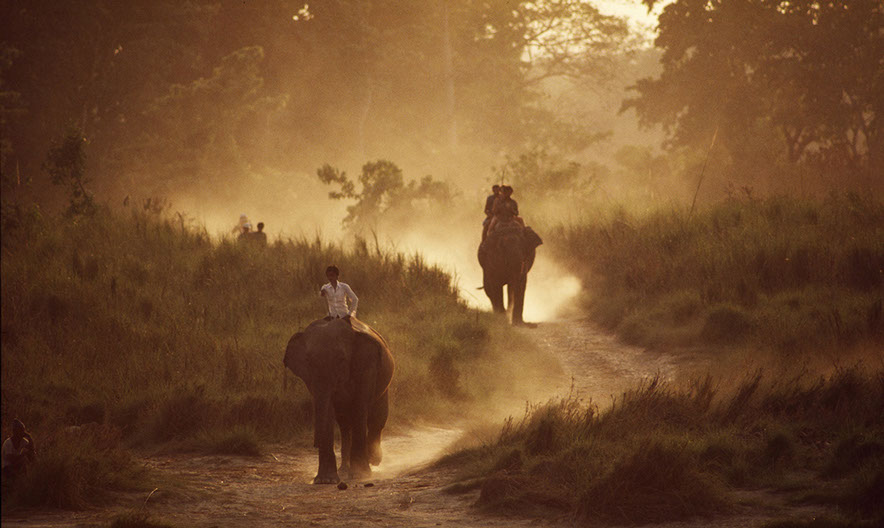
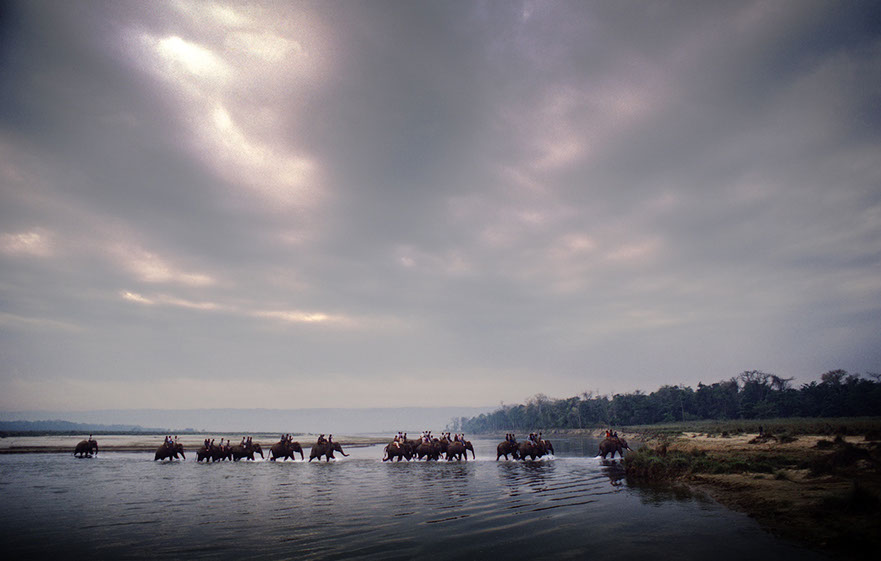
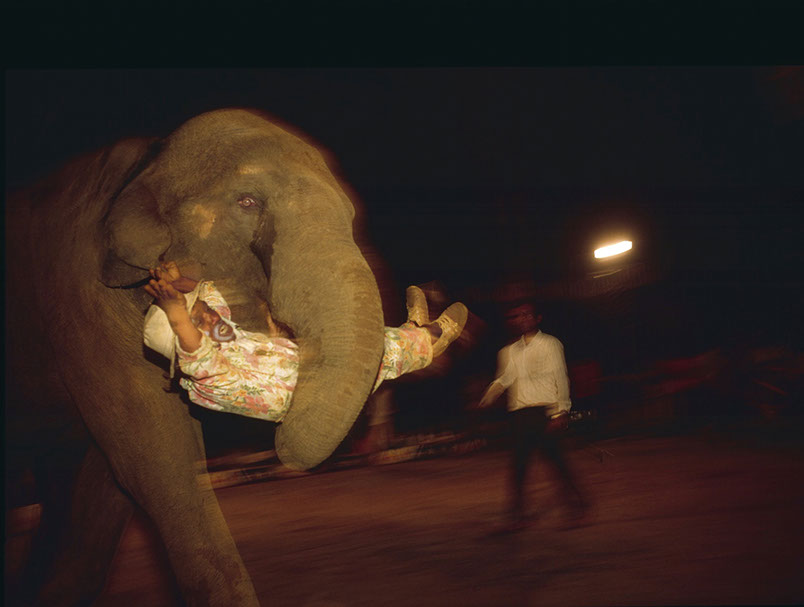
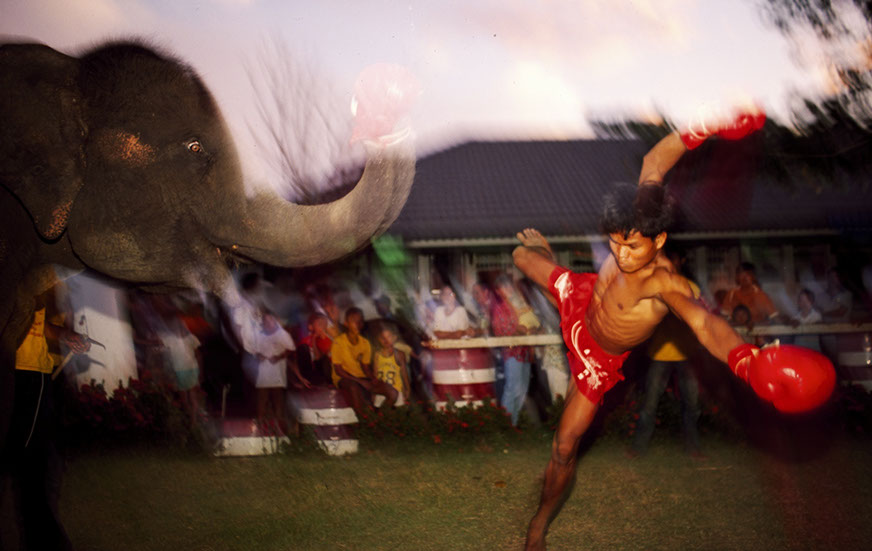
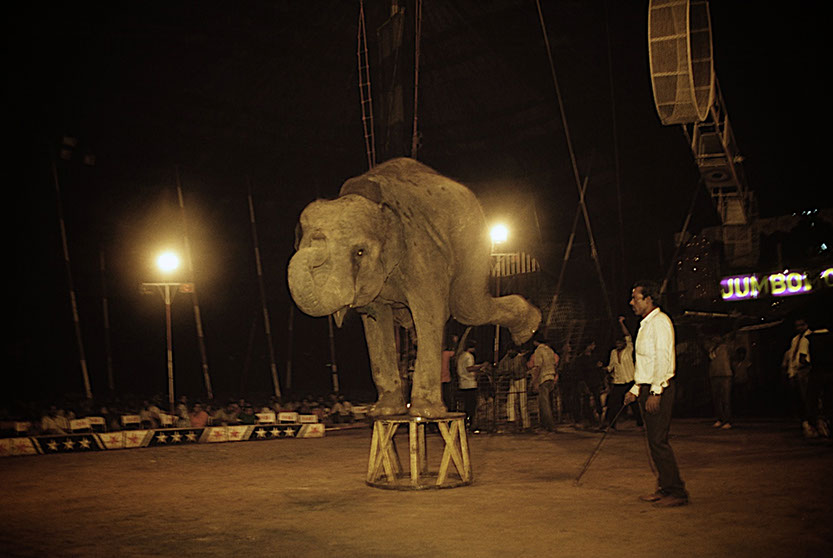
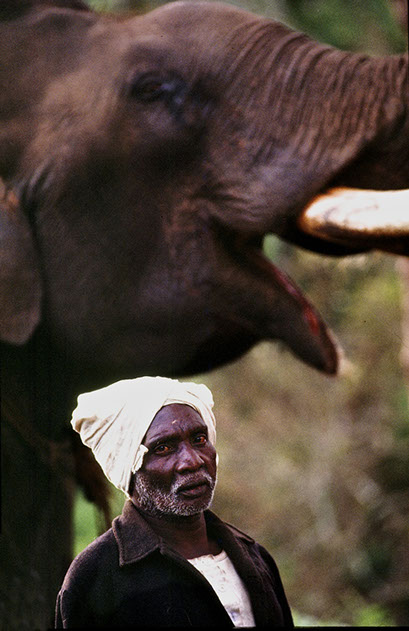
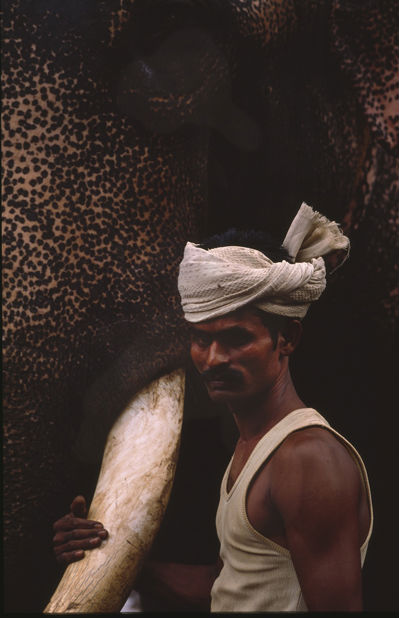
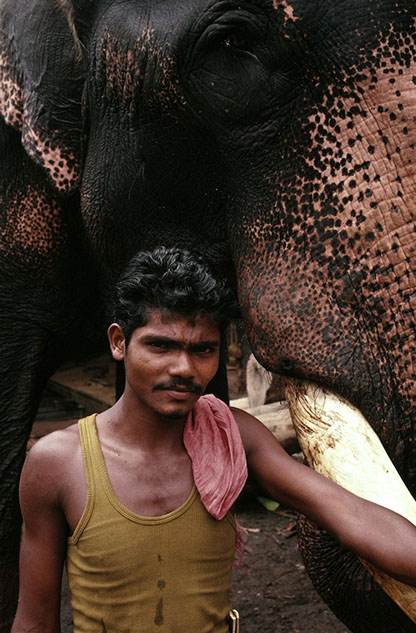
.jpg)
.jpg)
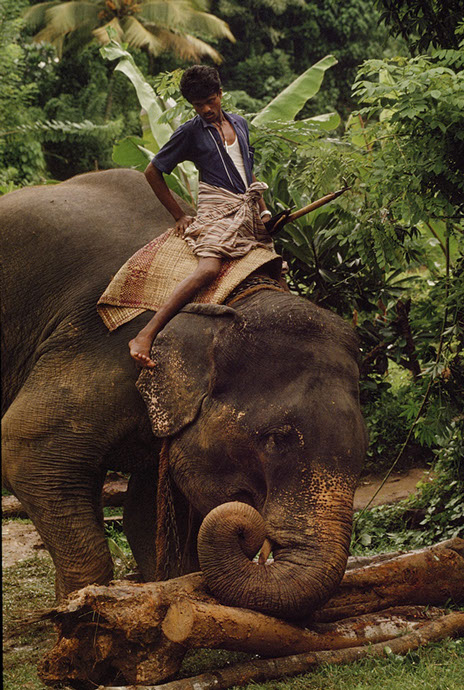
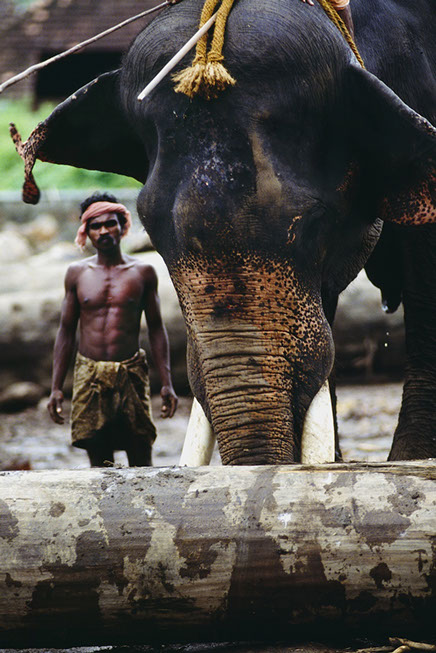
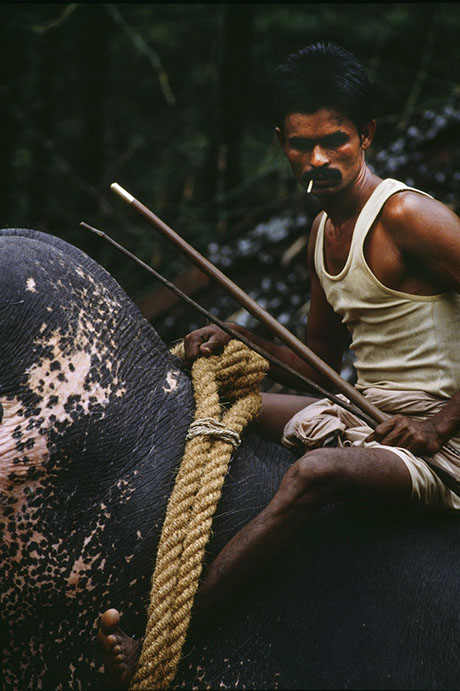
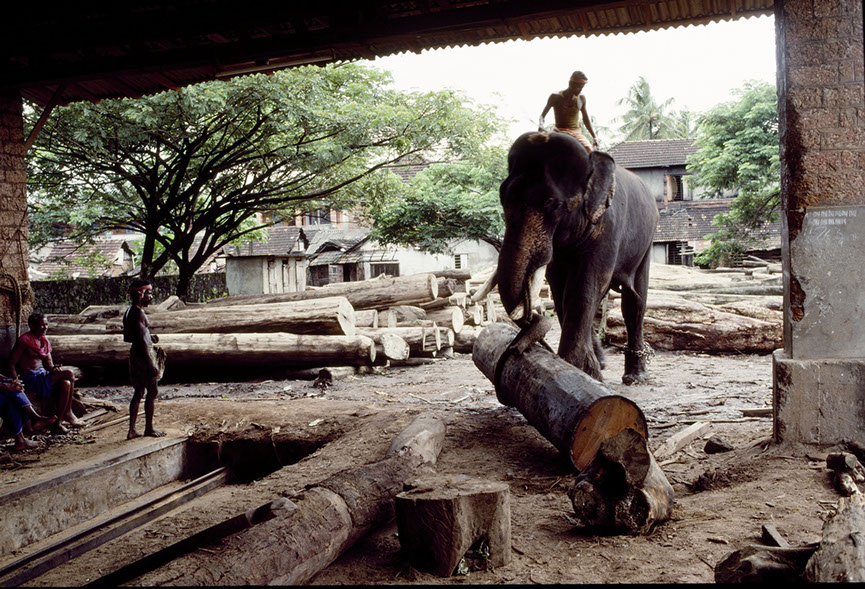
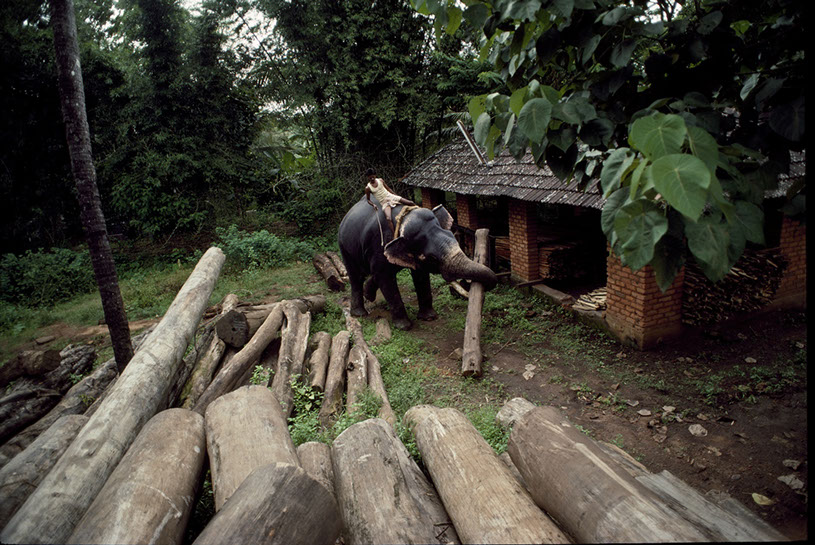
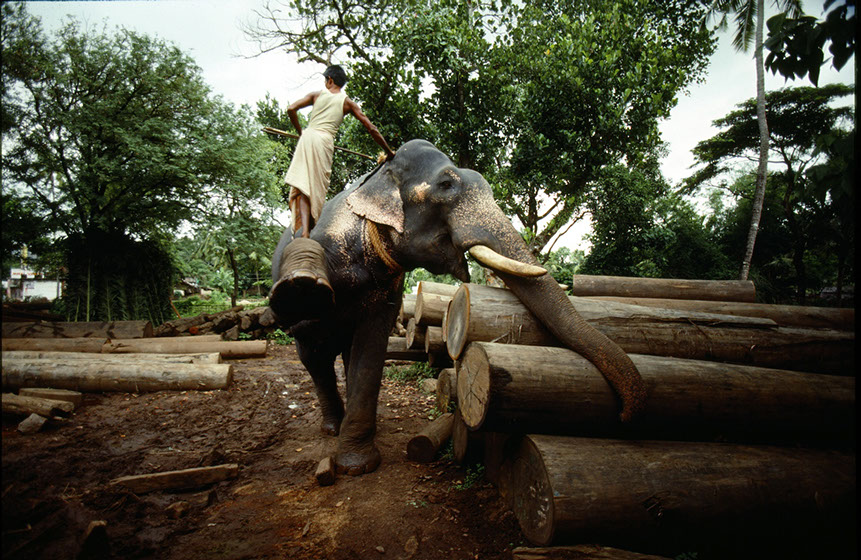
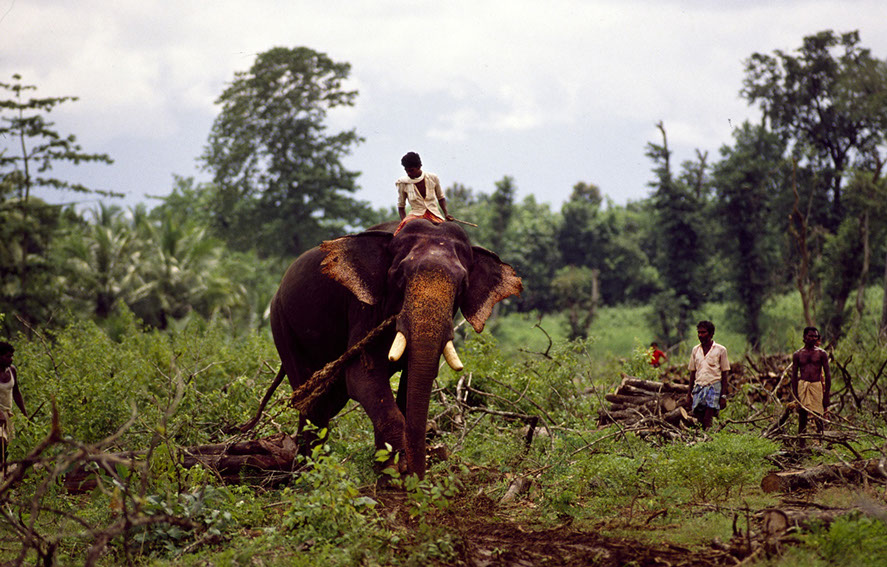
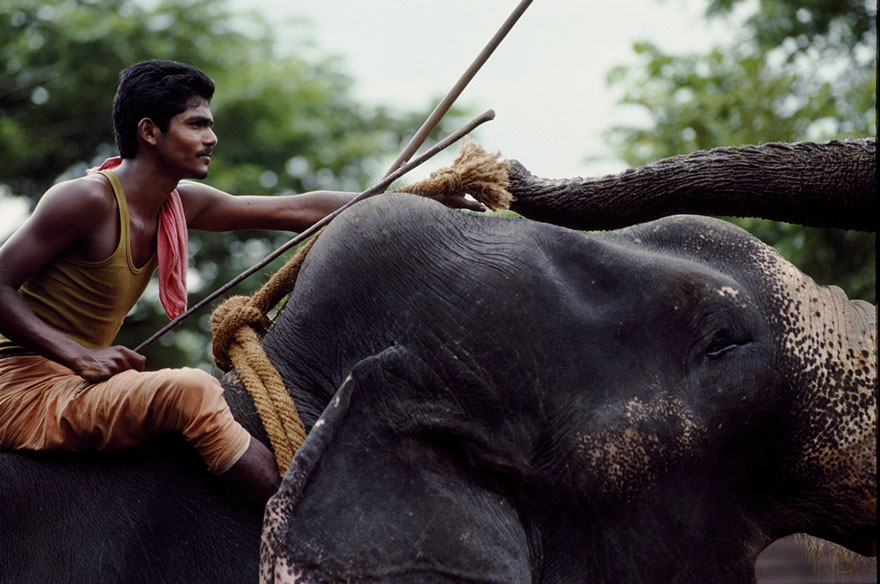
638x630.jpg)
.jpg)
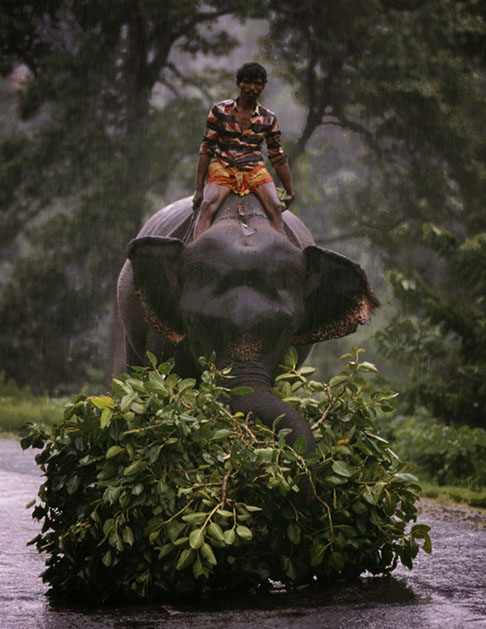
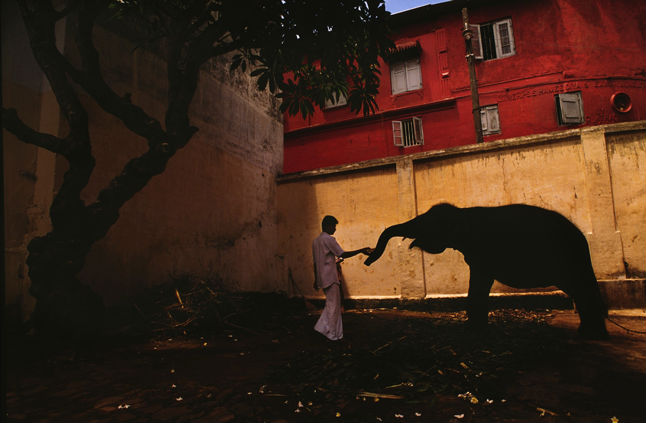
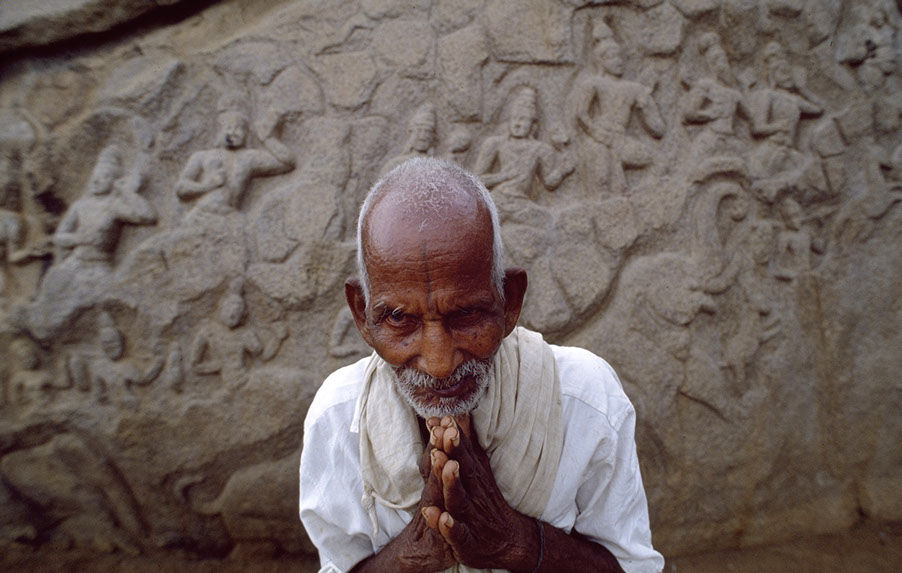
.jpg)
.jpg)
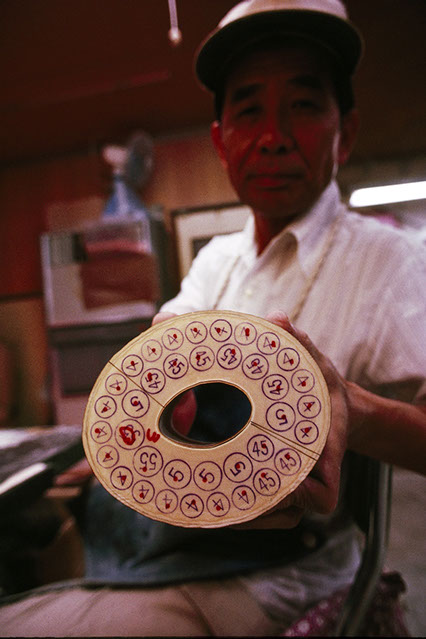
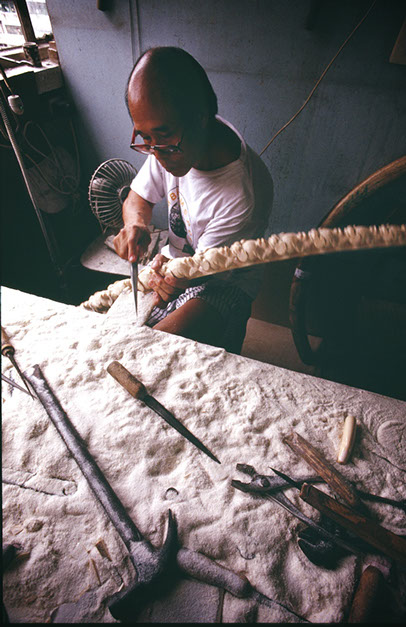
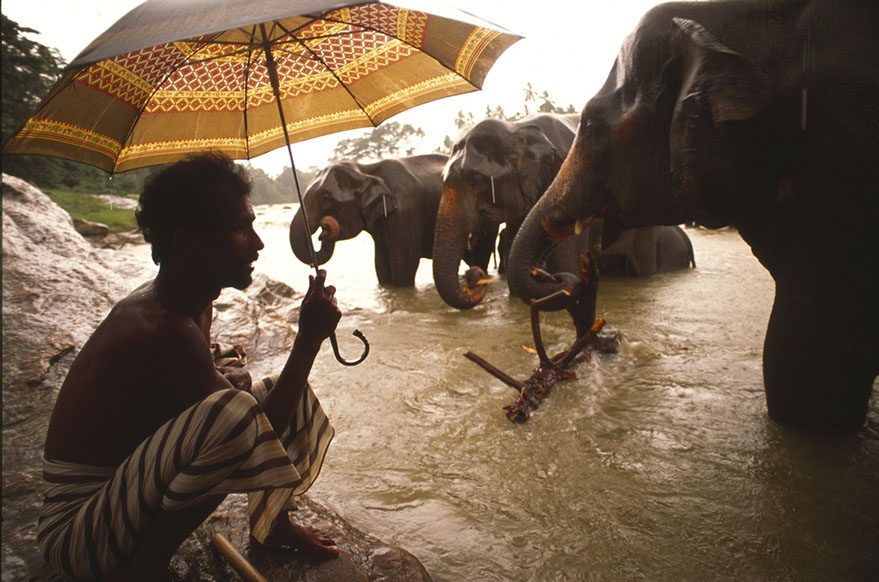
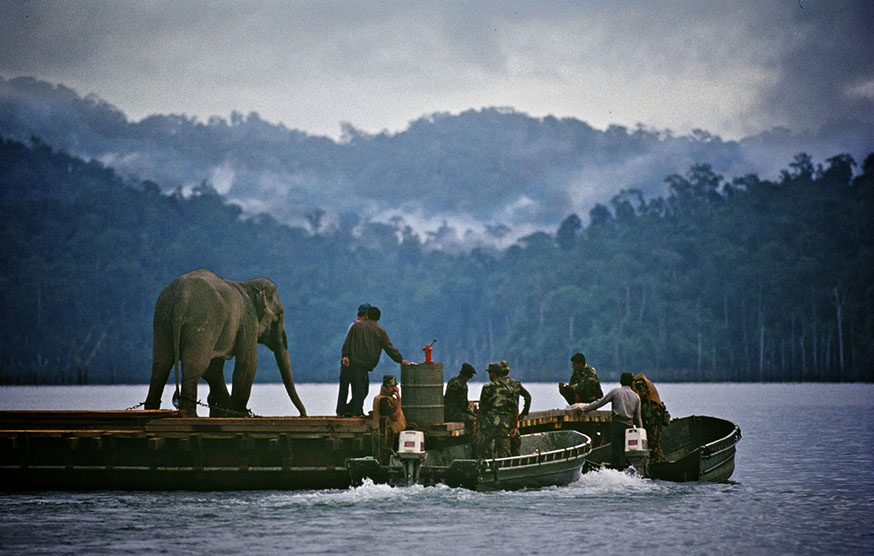
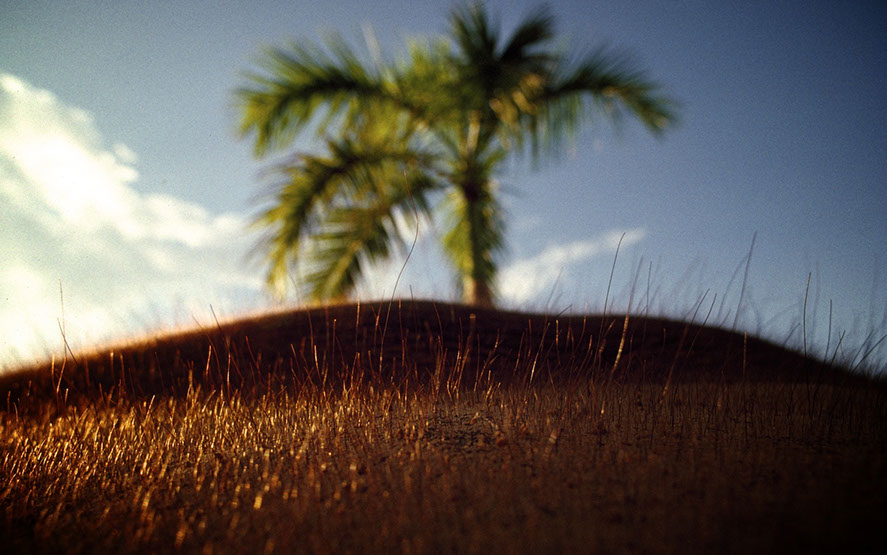
.jpg)
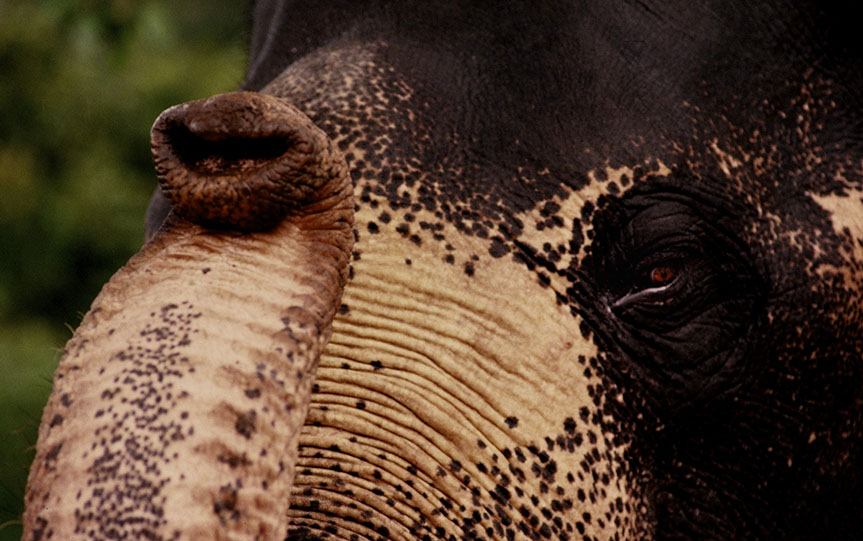
492x632.jpg)
700x585.jpg)
421x631.jpg)
An extraordinary face
Resting
The structure of an elephants foot is such that it is actually walking on its toes.
This relationship between a tiny man and a giant such as this is enormously fascinating. There is, with most of these relationship, a bonding. The elephant is not beaten or abused, quite the contrary. In many cases , the elephant is a family member and the both the family, the mahout and elephant benefit from the working relationship which in many cases has gone on for generations.
Chained to keep the animal from wandering into the jungle to forage at night. She is quite happy to stand here and have the food brought to her rather than spending the night looking for fodder, often in the villagers fields which has, more often than not, disastrous consequences of the elephant.
A mahout dusting off his charge at the end of a day of work.
A mahout compound in northern India. The boys are being trained from a very early age to become the mahout for their elephant(s) after their father retires or becomes to old to work,
In this Nepalese mahout home the young animals wander around, although chained. The children are brought up with these beasts in a manner similar to our growing up with our pets.
The coloration of the Asian elephants vary tremendously. This giant was black and when he was wet he was even darker.
I rode on the back of this big guy (with the mahout) for a few days as he worked pulling logs from the forest and loading them onto small trucks to transport to a sawmill.
Sri Lanka. The elephant is taking an afternoon snooze and keeping cool at the same time.
The elephant is being bathed and scrubbed using coconut husks. The elephants love this as it clears away any parasites as well as the dirt of a workday. Of course, the temperatures in India and Sri Lanka are high and this is very cooling... the elephants love the river and often simply go to sleep in the water as the mahouts scrub away.
Nepal: Elephants and mahouts taking their animals to the river at sunset in order to bathe. These elephants are used a tour vehicles to watch rhinos and tigers in Chitwan National Park.
Scientists and Park rangers on their way to capture and translocate a Asian rhino from Chitwan (Nepal) to Bardia, Nepal.
Indian circus entertainment.
Thailand. There is a fascination with elephants in the Thai culture and religions. But, in a country that is modernizing there is no longer a place for elephants. The circus find ways to use the animal to entertain. Here the crowd is challenged to BOX an elephant... and this is the outcome. The elephant sends the often drunk challenger flying through the air.
Circus in Malaysia.
This mahout told me that he has been the mahout of this elephant for 55 years.
Mahout portrait.
I asked the mahout, "Arn't you afraid this elephant that has killed seven me. He held on to the beast's massive tusk and said , "I , sir, am the mahout of the elephant that his killed SEVEN men"...????
Sri Lanka: The face of a man who has worked with this elephant since he was a boy, and his father before him was the mahout of this same elephant.
Man and beast
Southern India. Elephants can life massive logs. And, I have observed them doing this kind of lifting all day in horrendous heat. At the end of the day, the mahouts take their elephants to a local river for a wash and relaxation. What is interesting in watching this lumber yard activity is that the elephant knows what to do, how to wrap the chains and ropes around the logs... all done with its trunk and with little pressure from the mahout.
Thailand: A small lumber yard in the south near the Myanmar border.
India: In a small lumber yard the mahout remounts his elephant. The mahout stands on the elephant's leg and the elephant lifes him onto his back. The elephant uses his trunk to stay in balance...
Thailand: A image from the last use of elephants in the logging of teak. Historically, the elephant was the tool of logging for centuries.
Malaysia. The mahout is tickling the elephants trunk. I think a kindness that the mahout and the elephant share. Note that the mahout uses only a thin stick and his toes to communicate with the elephant.
A mahout carves a piece of coconut husk to use to scrub his elephant during its daily bath.
Kandy, Sri Lanka. A mahout takes a time out from washing his beast. Actually, they are both taking a time out.
Bringing home dinner. Elephants require huge quantities of food. Of course they are large animals, but additionally they are not efficient in their ability to breakdown the food that they eat.
India, The Western Ghats: A monk feeds a young elephant at a local monastery.
The elephant plays a substantial role in many of the religions of Asia. Throughout the region, in this case southern India, d carvings that are perhaps a thousand years old reflect the role of the elephant in the life that existed then.
The elephant being bathed and scrubbed with coconut husks. The elephants love this as it clears away any parasites as well as the dirt of a workday. The temperatures are hot and this is very cooling... the elephants love the river and often simply go to sleep in the water and the mahouts scrub away.4
Kandy, Sri Lanka. The Perahera is a vast festival of elephants that takes place each August on the full moon. It is an extraordinary event with literally hundreds of elephants covered in lights and beautiful fabrics participating. It only takes place at night.
Japan: There exists a huge market for 'chops', small pieces of ivory that are used as one's signature to buy a car, get married and so forth. This factory turns out thousands of these chops per day. There have been efforts to use horn and plastic but everyone wants the traditional ivory.
China. Many hours were spent watching tons of tusks (Ivory) being converted to trinkets. With the money available in China now, the market for ivory has grown exponentially
At a center for abandoned elephants in Sri Lanka. This facility has become a very popular tourist attraction and the monies that come in from tourism support the feeding and care of these animals.
Malaysia: Translocating a "wild" elephant to the north of the country to remove the animal from the villages that it had been ravaging... that is, where it was finding food. The area where it was translocated to is filled with unexplored landmines.... The villagers place pungi stakes in the ground with human feces; the elephants step in these traps and are injured genralluy losing their legs and their lives.
The amazing skin of an elephant.
Sri Lanka. Young males testing themselves. It is play not anger.
They "eyes" have it....
Sri Lanka. National Parks hold some wild elephants. They still have to compete with cattle to survive as the cattle are allowed to forage in the parks.
Sri Lanka. The females in the herd of elephants prodigiously protect their young.
A large bull scratches himself on branches. Elephants do have thick skin and unlike common perception it is sensitive on the surface just like most other mammals..
<
>